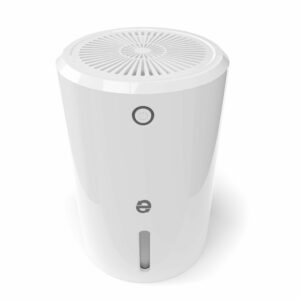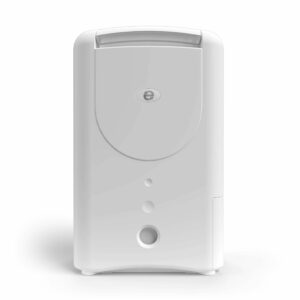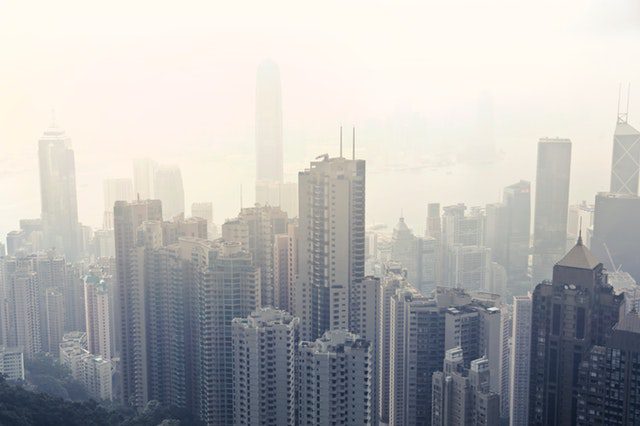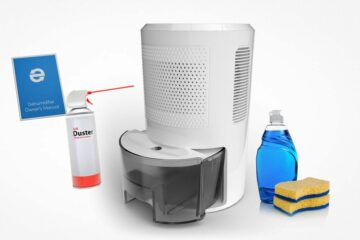We’ve all heard of humidity; plenty of homeowners have invested in dehumidifiers to prevent the damage it can cause. Most people who live with humidity don’t enjoy it too much and those who don’t live with it are thankful for that fact! Humidity refers to how much water vapor is in the air. Generally, the more water vapor there is, the more humid that area is. But did you know that there are different types of humidity? Absolute, relative, and specific humidity are all terms that represent different types of humidity.
Difference Between Relative Humidity and Humidity Ratio
Simply put, the more water vapor is in the air, the higher the humidity. The Humidity Ratio is how much ‘air’ is in the air versus the amount of water. Relative Humidity on the other hand, takes the humidity ratio, and includes the air temperature, and the maximum amount of water the air can hold, and displays it as a percentage. This later figure is what we see meteorologists quote on the news, or displayed on your local weather app.

When the air is warmer, it can generally hold more water than when the air is colder. Because of this, you could have the same humidity ratio for air in Florida at 75°F and 55°F in Chicago. However, the cold air can’t hold as much water vapor, so the relative humidity would be higher.
Types of Humidity
Absolute Humidity
This term is used to describe the actual amount of water vapor that is saturating the air. Absolute humidity is calculated by finding the mass of water vapor in an area and dividing it by the mass of air in the same area. This is the same as the humidity ratio.
Relative Humidity
Again, this is the type of humidity that meteorologists are typically referring to on their weather reports. Relative humidity describes the amount of water vapor in the area as opposed to how much water vapor could be in the area. This type of humidity is basically a ratio of the absolute humidity and the potential amount of water saturation that the air could possibly hold.
Specific Humidity
This term is used as a ratio of the amount of water vapor in the air to the amount of dry air in the area.
No matter what name you call it by. humidity is a natural part of our climate that we have to adapt to. If we don’t, then we’ll have to settle for being uncomfortably warm and sweaty. Luckily, we have dehumidifiers to help us fight back against the damaging effects of moisture in the air.


Here at EVA-DRY, we offer homeowners mini dehumidifiers to help keep their important items protected. We don’t just cover homes; we also have boat and RV dehumidifiers to help keep you protected no matter where you are. Learn more about our amazing products today!



